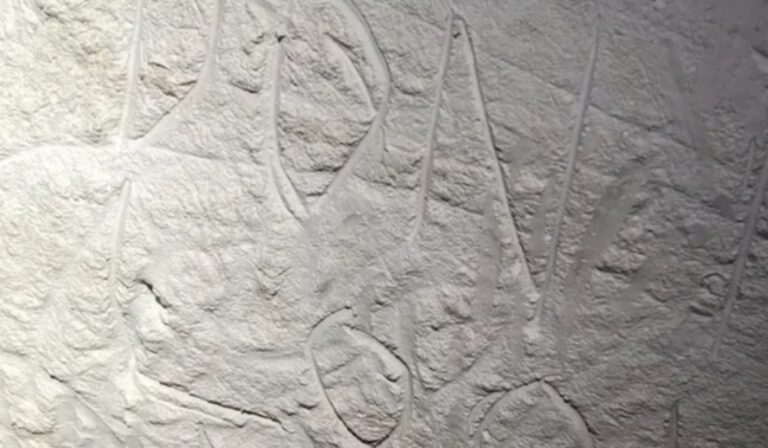Vandals have destroyed sacred 22,000 year old cave art in the Koonalda Cave in South Australia, sacred to the Mirning people.
Sacred 22,000 year old cave art in the Koonalda Cave has been destroyed by vandals in South Australia, sparking criticism and outrage.
In addition to providing important and valuable insights into the history of indigenous communities across Australia, the caves are spiritually important to the Mirning people of Nullabor Plain.
According to reports, vandals have destroyed thousands of years old finger-marked cave art by digging under a steel gate on the premises and writing on the walls. The words say: “Don’t look now, but this is a death cave.”
The South Australia government has expressed shock and outrage at the incident and has assured that, if apprehended, the vandals will be brought to justice. “If these vandals can be apprehended they should face the full force of the law,” a representative for the government said in a statement to CNN.
The government is also said to be consulting with Traditional Owners to increase protection around the site going forward. “The existing fencing and general difficulty in accessing the caves deters the vast majority of visitors from trespassing,” the representative said.
https://twitter.com/RedMeatRacists/status/1606997208708030469
Love Music?
Get your daily dose of metal, rock, indie, pop, and everything else in between.
Despite the Koonalda Cave being a sacred site to them, Australian law does not recognise the Mirning people as official custodians of the land. Members of the community need government permission to gain access to the caves.
The Koonalda Cave marks an important chapter in Australia geography and history, confirming that indigenous peoples lived in Australia as far back as 22,000 years.
The vandalism comes as the latest addition to incidents of destruction of indigenous landmarks and heritage in recent years. In 2020, mining corporation Rio Tinto faced intense backlash for blowing up a cave in Juukan Gorge in Western Australia, which documented 46,000 continuous years of indigenous history.
Later investigations showed that despite having multiple alternatives, the corporation chose to harm the cave systems “in order to access higher volumes of high-grade ore.”
In a statement submitted in response to a Senate inquiry, the corporation said: “Rio Tinto has unreservedly apologised to the Puutu Kunti Kurrama and Pinikura people (PKKP), and we reaffirm that apology now.”
They added: “For the benefit of current and future generations of Australians, we are determined to learn the lessons to ensure that the destruction of heritage sites of exceptional archaeological and cultural significance, such as the Juukan rock shelters, never occurs again.”


































